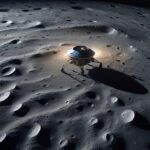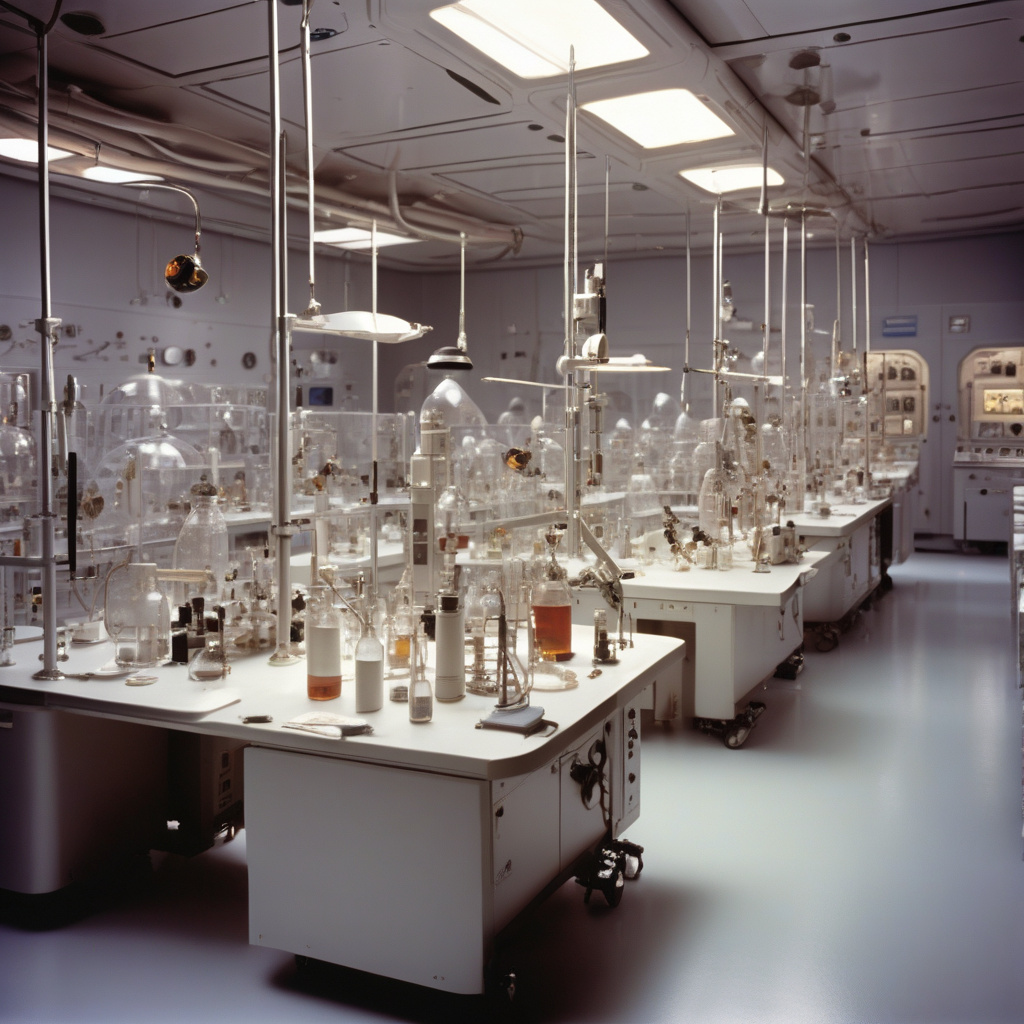Uncovering the Mystery: NASA Recreates 80,000 Years of Moon Exposure to Confirm Sun Can Create Water
For decades, scientists have wondered how the moon can have water. It’s dry, airless, and seemingly inhospitable – yet traces of water have been detected on its surface. The prevailing theory suggested that the water found on the moon might have originated from comets, meteorites, or even volcanic activity. However, a groundbreaking experiment conducted by NASA has shed new light on this lunar enigma.
In a bid to unravel the mystery of lunar water, NASA scientists embarked on a fascinating experiment that involved recreating 80,000 years of moon exposure right here on Earth. By subjecting lunar-like soil samples to intense ultraviolet radiation similar to what the moon experiences from the sun over millennia, the researchers sought to simulate the conditions under which water could be formed on the moon.
The results of the experiment were nothing short of astonishing. After the simulated moon exposure, the soil samples indeed showed the presence of water molecules. This groundbreaking discovery indicated that the sun’s relentless bombardment of the moon’s surface over thousands of years could lead to the creation of water, challenging conventional wisdom about the moon’s arid nature.
This experiment not only provided a plausible explanation for the presence of water on the moon but also has far-reaching implications for our understanding of planetary bodies and their potential for harboring water. The revelation that water can be formed through solar processes on an airless celestial body like the moon opens up new possibilities for future space exploration and colonization efforts.
Moreover, the implications of this study extend beyond the confines of our moon. Understanding the mechanisms by which water can be created on celestial bodies through solar processes could offer valuable insights into the prevalence of water in our solar system and its potential as a vital resource for sustaining life beyond Earth.
As we continue to push the boundaries of space exploration and scientific discovery, studies like the one conducted by NASA serve as a testament to human ingenuity and our relentless pursuit of knowledge. By replicating extraterrestrial conditions here on Earth, researchers have unlocked a crucial piece of the puzzle regarding the origins of water on the moon, showcasing the power of experimentation and innovation in unraveling the mysteries of the cosmos.
In conclusion, NASA’s groundbreaking experiment, recreating 80,000 years of moon exposure to confirm that the sun can create water, represents a significant leap forward in our understanding of the lunar environment and the potential for water formation on airless celestial bodies. This milestone discovery not only sheds light on the origins of lunar water but also underscores the interconnectedness of celestial processes in shaping the worlds beyond our own.
moon, water, NASA, solar processes, space exploration












